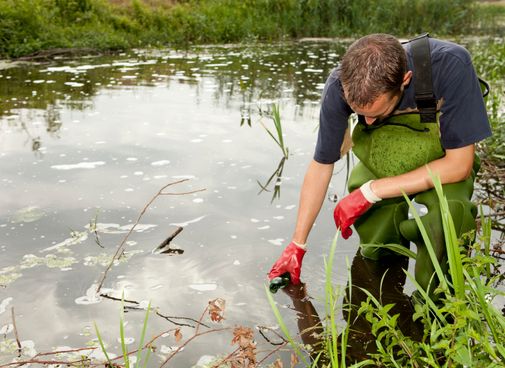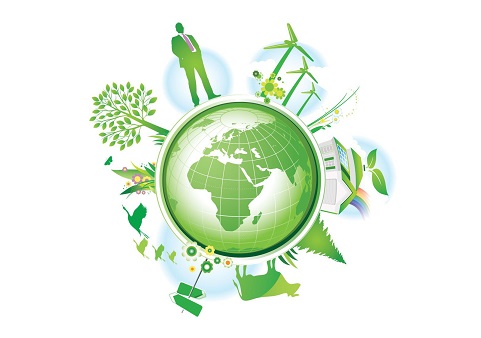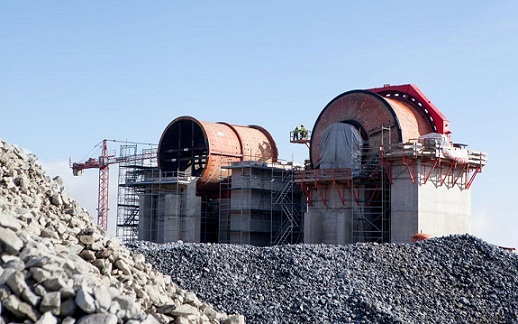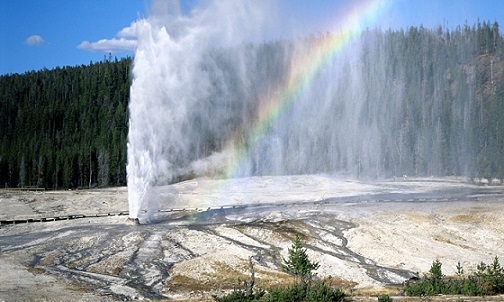
It aims to present the main physical, chemical and biological processes influencing and/or controlling the mobility and the immobilization of metals in aquatic environment and in the air.
Pollution may be transported in very long distances of thousands of kilometers via the atmosphere. The atmosphere participates in the hydrological cycle and plays an important role in the biogeochemical cycles of the elements. Emissions in the atmosphere of both natural and anthropogenic origin are responsible for changes that occur at planetary scale.
Aquatic systems play an important role in the fate of pollutants: 1. A number of organisms are grown and live in aquatic systems and are included in the hierarchy of a food chain. 2. As aquatic systems interact with soils and solid wastes, pollution from soils and solid wastes is transferred in aquatic systems. Metals mobility/immobilization mechanisms are influenced by physical, chemical and biological parameters (pH, redox potential, presence of other chemical species and microorganisms). The role of each one of these parameters is discussed by introducing them successively in a system under study.
The acquired knowledge is necessary for the understanding of metals mobility mechanisms and the development of environmental technologies. Metals immobilization mechanisms occurring in natural systems are often the basis for the development of environmental technology aiming at metals immobilization and sequestering from waste water and also metals recovery from waste streams.
i. The mobility of pollutants in the air: – Atmospheric particles/aerosols: Mechanisms of generation and transformations. The fate of atmospheric aerosols.
– Gaseous pollutants-tropospheric chemistry.
ii. The mobility of pollutants (metals) in aquatic systems. – The system of carbonates. – Precipitation of metals species. – Complexation of metals species.
– Oxidation-reduction.
iii. The role of microorganisms in the mobility of metals. – Bioleaching of metals (acid mine drainage). – Bioprecipitation of metals (Environmental technology).
iv. Phase interactions: chemical interactions among gases, water and air. – The formation of sediments – Colloids – Adsorption on the surface of solids
– Ion exchange



